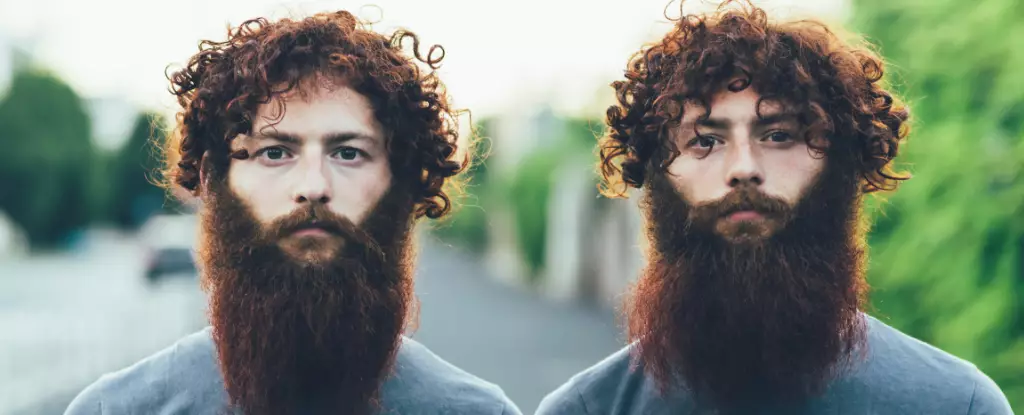Our understanding of ourselves often starts from the surface—quite literally. Characteristics like hair and nails not only define our personal aesthetic but also symbolize social status and identity. They have served roles that transcend mere appearance, stretching from prehistoric times to our contemporary society. During unexpected periods, such as the COVID-19 pandemic, we often become more aware of the significance of personal grooming. This article delves into the growth dynamics of our hair and nails, the factors influencing this growth, and the narratives that surround them.
The Historical Importance of Hair and Nails
Hair and nails have been woven into the fabric of human history, marking distinctions between various social classes and lifestyles. In many cultures, well-groomed hair has often been a sign of wealth and status, while unkempt hair might indicate the opposite. The pandemic acted as a transformative moment, drawing attention to hairdressers and nail salons that typically operate in the shadows of our daily lives. Instead of the glamor associated with these services, lockdown imposed a new form of intimacy with our own appearance, culminating in experiences such as self-haircuts, famously exemplified by Taylor Swift. These moments shed light on our deeper relationship with personal grooming.
The Science Behind Growth
Underneath the act of cutting hair or trimming nails lies a biological phenomenon. On average, our hair grows at about 1 centimeter per month, while fingernails progress at a slower pace, expanding by approximately 3 millimeters. When left unattended, the results can be striking; for instance, Aliia Nasyrova holds the world record for the longest hair at an astonishing 257.33 cm. Similarly, Diana Armstrong encapsulates nail growth longevity, having cultivated nails measuring 1,306.58 cm. Yet, most people opt for regular grooming for practical reasons—both for aesthetics and to maintain cleanliness.
There is a rich complexity in the biology of hair and nails. Composed primarily of a protein called keratin, both hair and nails originate from matrix cells located beneath the skin. In hair growth, the structure includes a hair follicle that houses both nerve endings and oil glands that keep the hair lubricated. It is within this follicle that various phases of growth occur—anagen, catagen, telogen, and exogen—each playing a role in the extensive hair growth cycle. Interestingly, only around 10% of hair follicles are in the resting phase at any one time. This steady turnover explains why most individuals rarely experience noticeable baldness.
Genetics, Environment, and Other Influences
Intriguingly, genetic makeup serves as the primary determinant of hair and nail growth rates. Family lines often display similar patterns of growth, suggesting hereditary links. This genetically influenced growth takes on further nuances with age. As individuals age, metabolism slows, reducing the rate at which hair and nails grow. Hormonal changes also contribute to variations in growth speed; for instance, pregnancy can accelerate growth while menopause and stress can impede it.
Nutrition plays a pivotal role as well. Both hair and nails require a spectrum of nutrients to remain strong and grow adequately. Any deficiencies—especially in minerals like iron and zinc—can manifest as hair loss or brittle nails. Thus, eating a balanced diet is crucial to maintaining healthy hair and nails over time.
Among the myriad of beliefs surrounding hair and nails is a persistent urban legend that they continue to grow after death. This myth, often perpetuated through culture and cinematic portrayals, obscures scientific truths. The reality is quite different; after death, the dehydration of the body results in skin shrinking, creating the optical illusion that hair and nails have extended. Morticians, aware of this phenomenon, often take measures to counteract these effects through cosmetic interventions on the deceased.
The journey of nurturing our hair and nails is a never-ending endeavor—a blend of genetic influences, environmental factors, and personal care routines. Whether through regular salon visits, at-home grooming sessions, or lifestyle choices that prioritize nutrition, our engagement with hair and nails reflects a broader narrative of self-care and personal identity. These seemingly trivial aspects serve as significant contributors to how we perceive ourselves and how we are perceived by others, reiterating that hair and nails are not just physical traits, but extensions of our social selves that warrant care and attention. In essence, the cycle of hair and nail growth, rooted deeply in biological processes, necessitates our constant engagement in upkeep—alive or otherwise.

